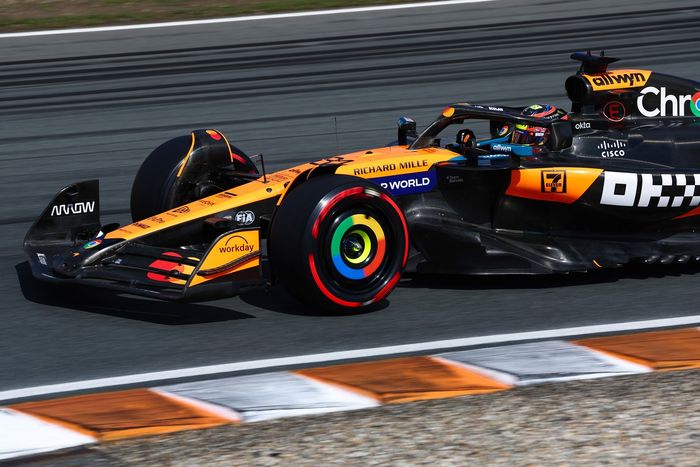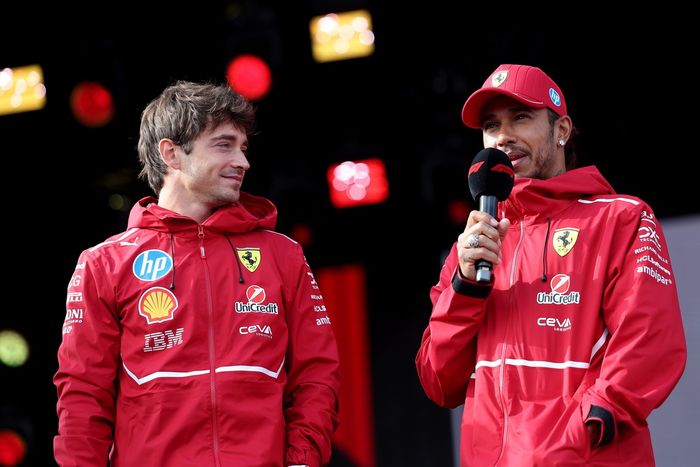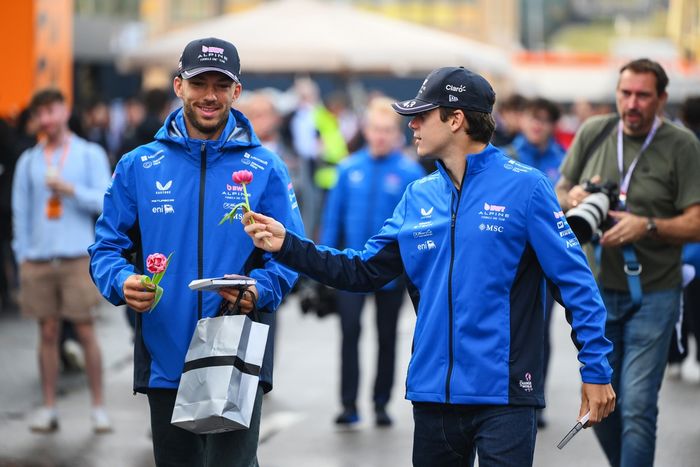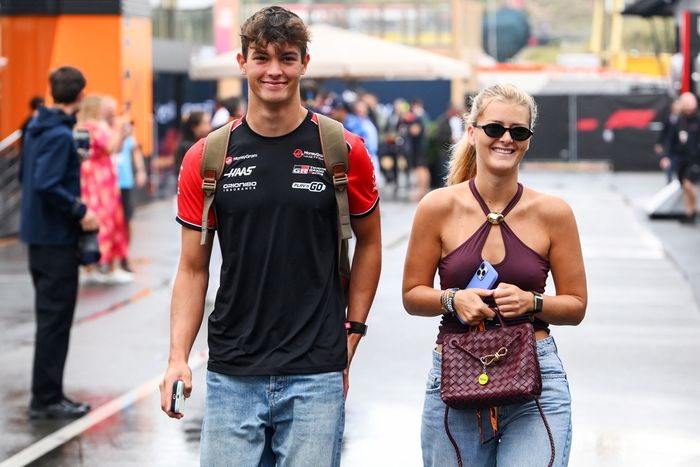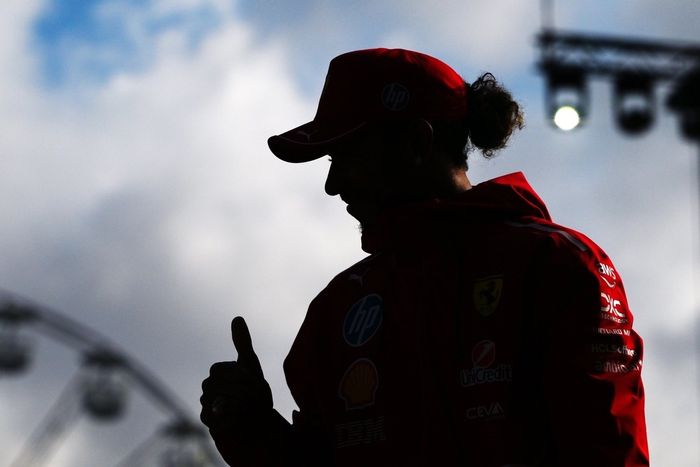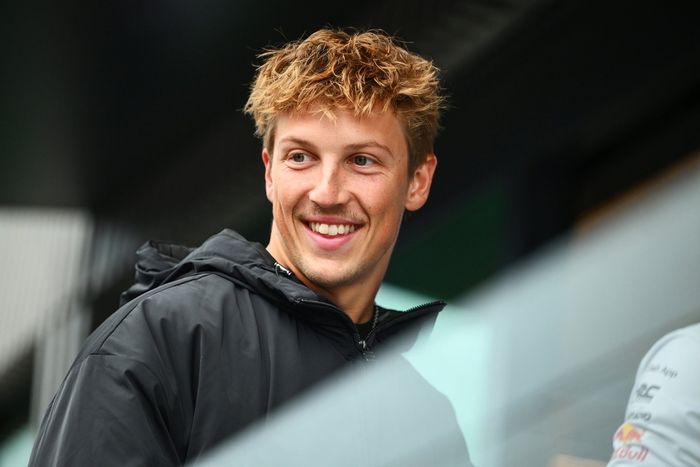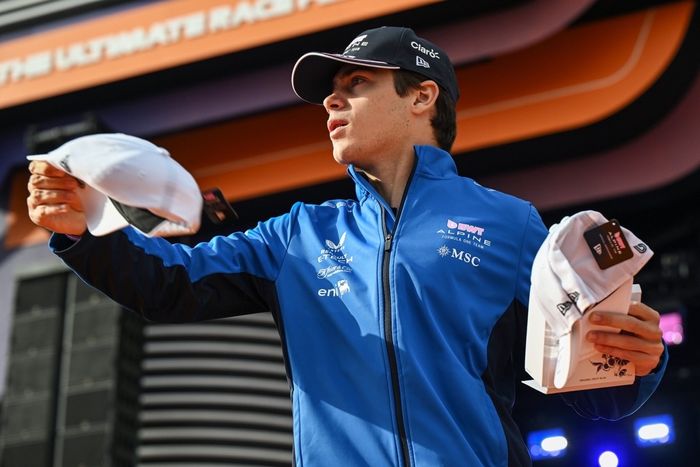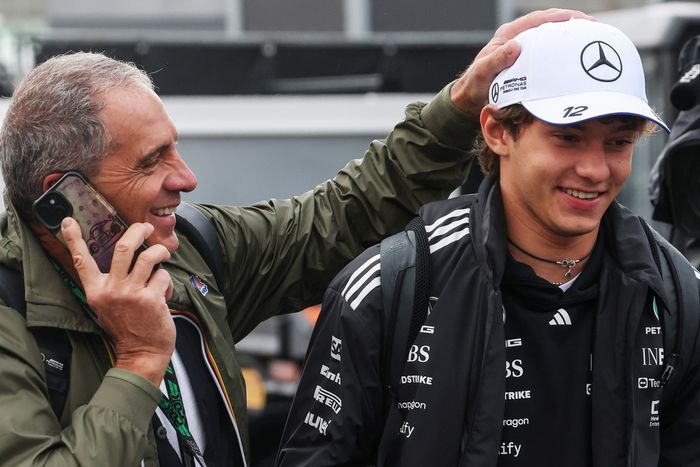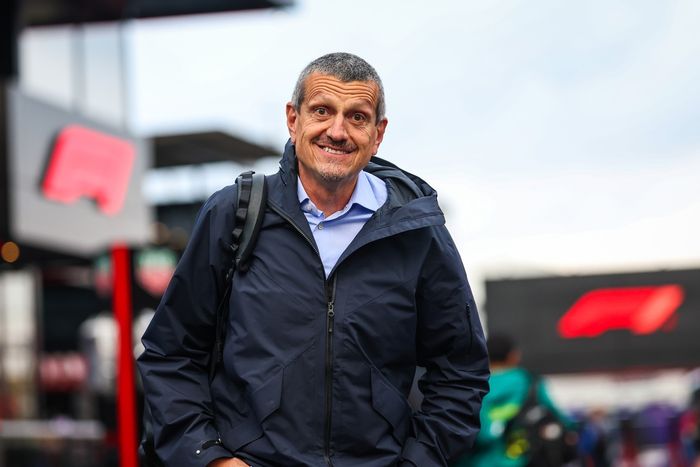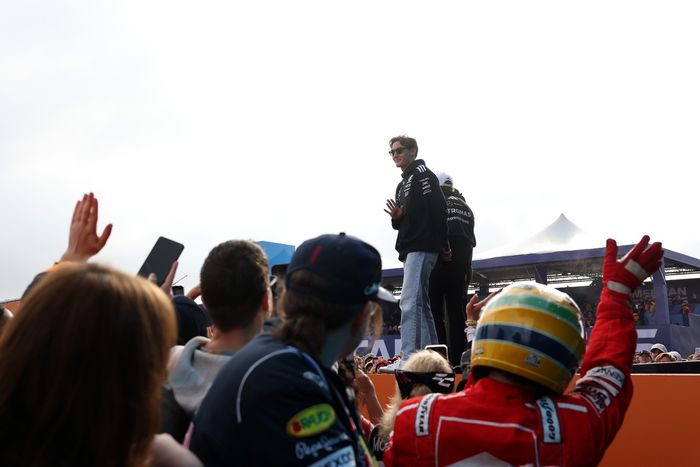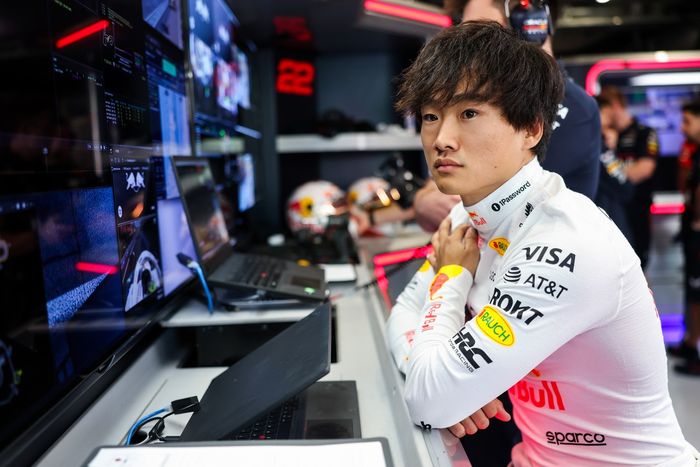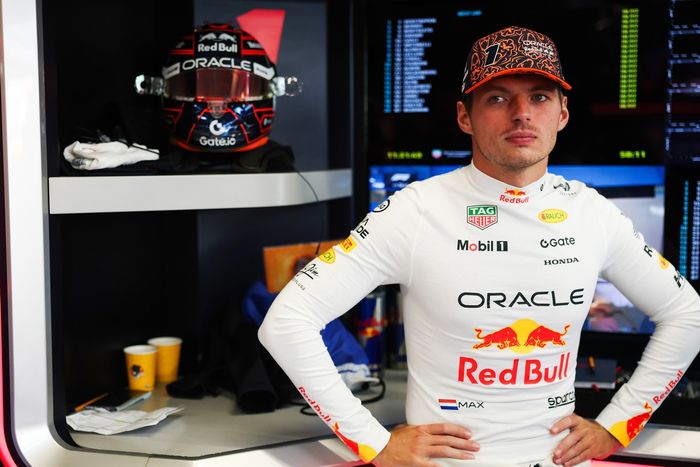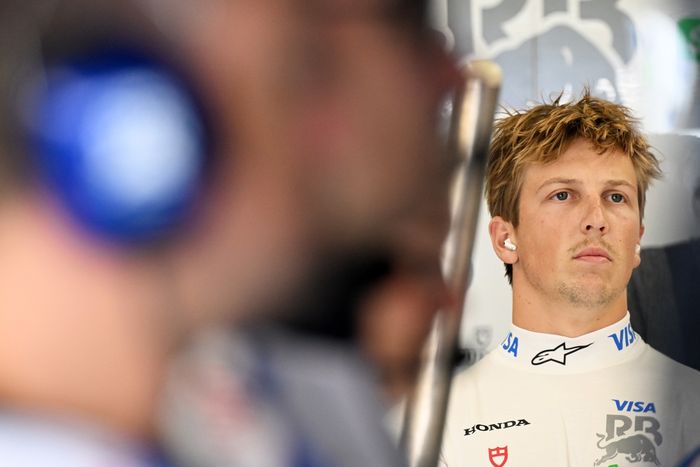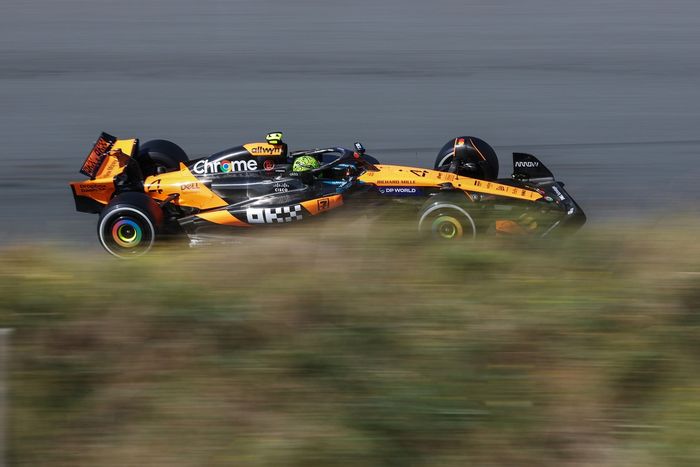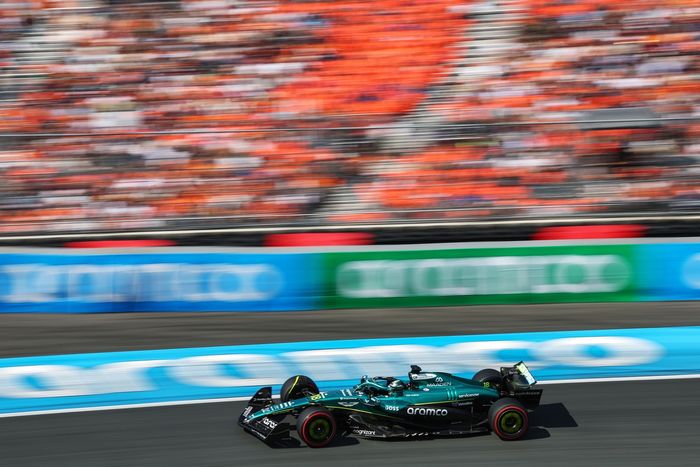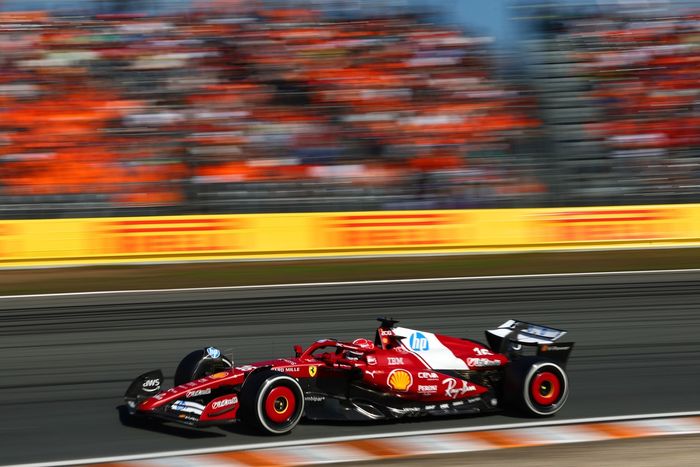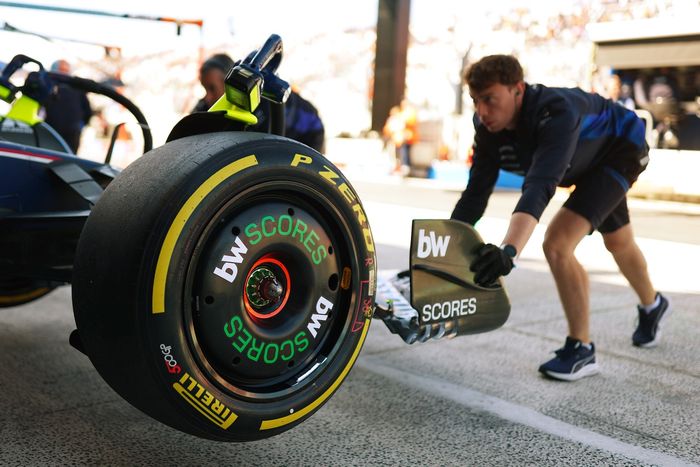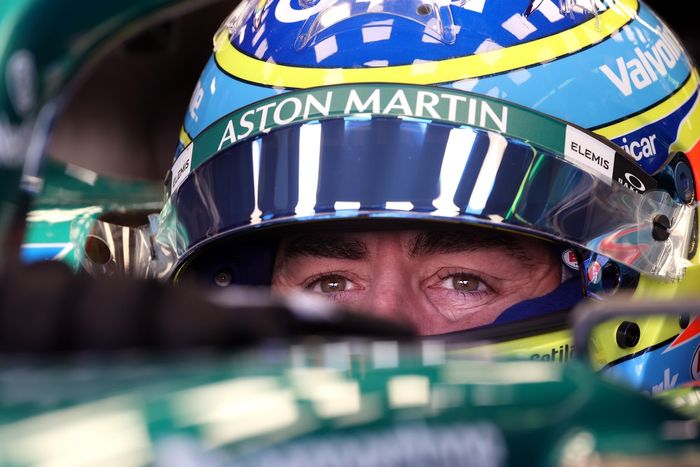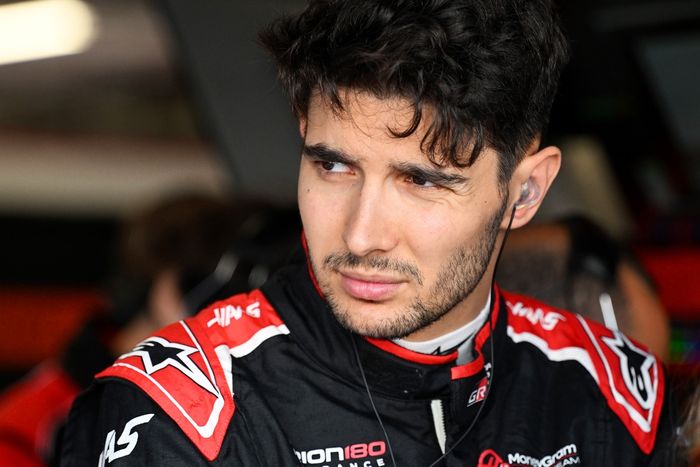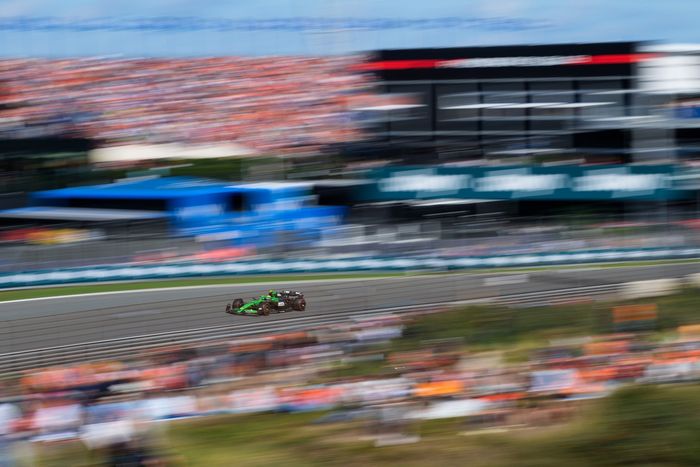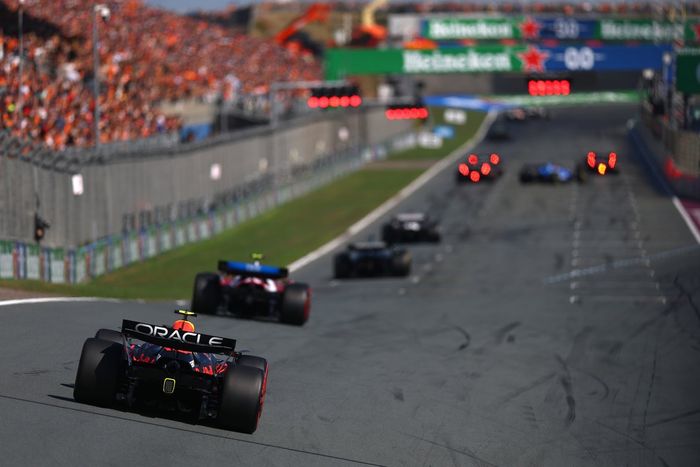On a weekend the place one Formulation 1 staff has mentioned it hasn’t even let its drivers ‘take a look at’ its 2026 automobile within the simulator but, the brand new ruleset has begun to tackle the facet of a large-scale thought experiment.
So intensive are the adjustments – narrower, lighter automobiles with energetic aerodynamics and a 50:50 cut up of energy deployment between {the electrical} system and the inner combustion engine – that definitive sim fashions are a way off. However whereas the groups can work on these, and the automobile ideas themselves, for a number of extra months earlier than signing elements off for manufacturing, tyre provider Pirelli faces a extra imminent set of deadlines.
The primary of those is that this Monday (1 September), when it has to offer the groups with particulars of the development of the brand new tyres, which will probably be narrower by 25mm on the entrance and 30mm on the rear. However Pirelli has revealed that the event course of has been sophisticated by the immaturity of the groups’ simulator fashions.
Whereas the FIA has set goal masses, Pirelli says the simulator knowledge it has acquired typically differs from these figures – and that the distinction between groups is within the order of as much as 30%.
“Whenever you see variations of 20 or 30% in masses, then you definitely ask your self which is the right one,” Pirelli chief engineer Simone Berra instructed media together with Autosport/Motorsport.com forward of the Dutch Grand Prix at Zandvoort.
“So clearly we’re contemplating the worst-case state of affairs in the mean time as a result of we’ve got to be lined in case of some masses. Then we’ll attempt to verify in the course of the season and attempt to have a correct analysis.”
Paul Aron, Alpine, Pirelli testing Hungaroring
Photograph by: Pirelli
Because the tyres are homologated forward of the season, the onus is on Pirelli to get it proper first time. It additionally has to make sure the tyre household can survive the extra masses generated by way of the inevitable in-season growth.
An in-season change is feasible (and has occurred earlier than, in 2023), however would require a unanimous vote within the F1 Fee, or for the FIA to wave it by way of on security grounds. The latter could be extra seemingly since inter-team agendas and politics militate in opposition to unanimity in any vote involving the rivals themselves.
Sauber sporting director Inaki Rueda mentioned on Friday that the 2 causes for not “exposing” its drivers to its 2026 automobile within the simulator but had been logistics and constancy. If a driver is within the sim for a day to arrange for the following two grands prix, the 2026 simulation would sap time from that; additionally, the 2026 automobile continues to be growing at “an enormous price” in his phrases.
“I do know the date we’ll begin exposing the drivers to the C46 automobile,” he mentioned. “However you do not need to do it too early with the worry that the automobile that you’ll present to them continues to be very totally different to what they may really drive.”
The simulations are prone to stay in a state of relative immaturity till late October or early November, which complicates Pirelli’s means to hit the ultimate deadline of 15 December, when the compound decisions have to be determined.
The scope and scale of the rule adjustments are what has pushed the uncertainty. It’s understood that totally different groups are arriving at wildly various options to among the challenges posed by the brand new laws.

Gabriel Bortoleto, Sauber, Pirelli take a look at Silverstone
Photograph by: Pirelli
One issue which has a big bearing, on prime of differing aerodynamic configurations, is the dimensions of the brake rotors. In the meanwhile these are broadly the identical, however it’s understood that some groups are experimenting with smaller discs on the rear with the intention of letting the energy-harvesting course of contribute extra of the braking effort.
This may have a knock-on impact, not simply by way of weight however in warmth rejection, which is able to have an effect on tyre temperatures.
“I feel subsequent yr we’ll see totally different approaches from this viewpoint,” mentioned Berra.
“Additionally we’re exchanging info with the groups to attempt to perceive which form of temperatures we’re going to see on the tyres. Mule automobile testing just isn’t actually related as a result of subsequent yr we could have a very totally different wheel meeting.
“However yeah, I am fairly certain that we are going to see a variety of variations in what the groups will attempt to handle the temperatures of the 2 axles. Additionally from their facet there isn’t any convergence by way of simulations in temperatures, however as I discussed earlier than additionally by way of masses.
“So we have to perceive who’s nearer to the truth and who just isn’t.”
Photographs from Dutch GP – Saturday
On this article
Be the primary to know and subscribe for real-time information e-mail updates on these subjects


